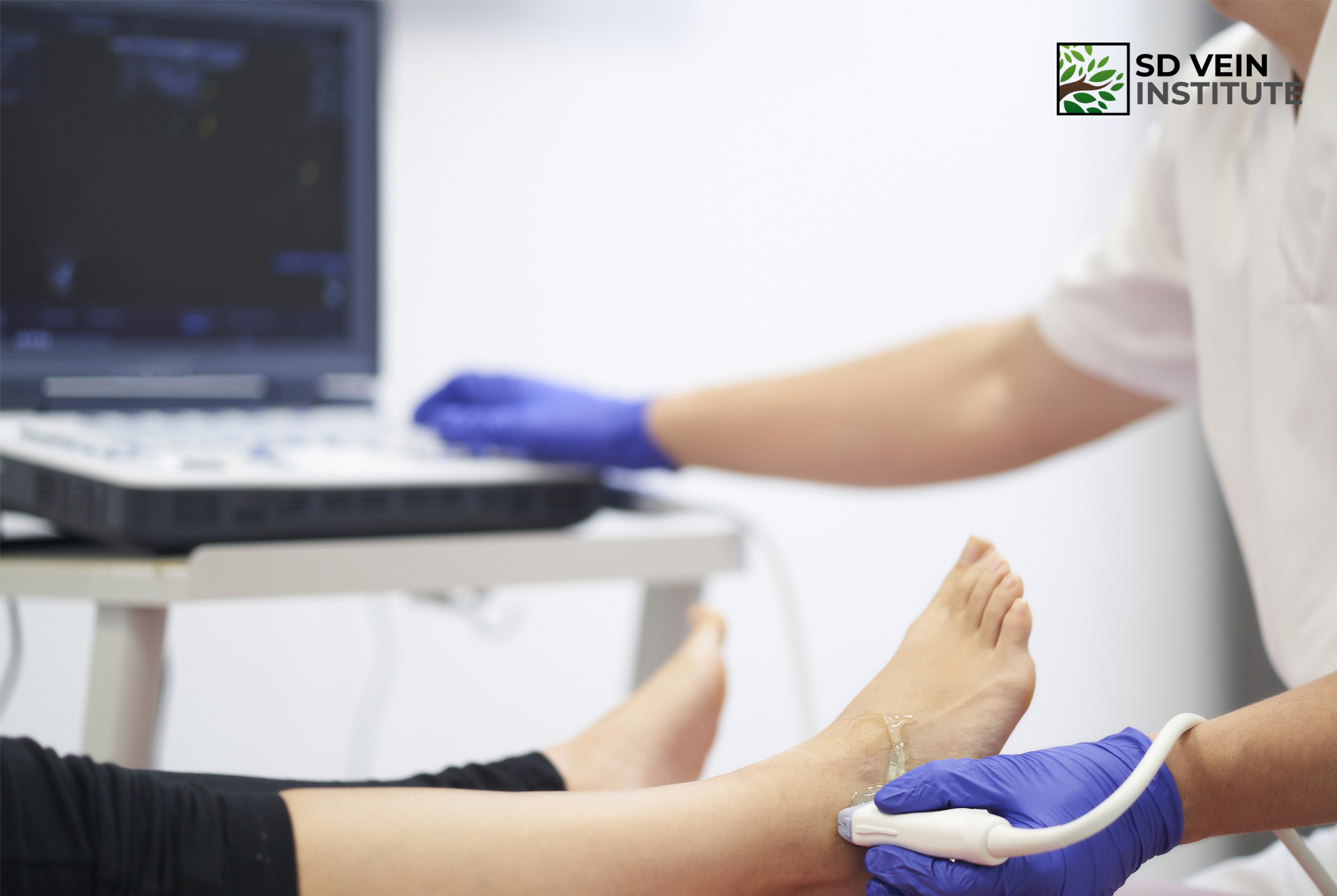Are There Vein Treatments Specifically for Men?
TLDR
• Men can suffer from varicose and spider veins just like women.
• Treatments include sclerotherapy, laser therapy, and lifestyle changes.
• Early consultation with a vein specialist is crucial for effective treatment.
• Prevention includes exercise, maintaining a healthy weight, and avoiding prolonged sitting.
How Long Does Each Treatment Session Last?
TLDR
Varicose vein treatment in San Diego: Sessions typically last 30-60 minutes.
Spider vein removal in San Diego: Generally 15-45 minutes per session.
Sclerotherapy in San Diego: Takes about 30-45 minutes.
Initial consultations: Usually last about an hour.
Always consult your healthcare provider for personalized treatment details.
What’s the Difference Between Surgical and Non-Surgical Vein Treatments?
TLDR
Varicose veins and spider veins are common vein issues requiring treatment.
Surgical treatments include vein stripping and phlebectomy.
Non-surgical options include sclerotherapy, laser therapy, and radiofrequency ablation.
Each treatment varies in invasiveness, recovery time, and effectiveness.
Consult your healthcare provider to determine the most appropriate treatment.
Recent studies highlight advancements in non-surgical procedures.
Schedule a consultation with a vein specialist in San Diego for personalized advice.
Can You Treat Hand and Arm Veins?
TLDR
Hand and arm veins can be treated for aesthetic and medical reasons.
Common treatments include sclerotherapy, laser therapy, and phlebectomy.
Consult a vein specialist to determine the best treatment plan.
Prevention includes maintaining a healthy lifestyle and managing underlying conditions.
Recent studies show advancements in minimally invasive procedures.
What Role Does Ultrasound Play in Diagnosing Varicose Veins?
TLDR
Ultrasound Imaging: Key tool for diagnosing varicose veins.
Symptoms: Swelling, pain, itching, and visible twisted veins.
Treatment Options: Include sclerotherapy, endovenous laser treatment, and surgery.
Prevention Tips: Regular exercise, weight management, and leg elevation.
When to See a Doctor: Persistent symptoms or vein changes.
FAQs: Cover causes, risks, and treatment recovery.
Do Varicose Veins Always Get Worse Over Time?
TLDR
Varicose veins can worsen over time due to factors like age and genetics.
Symptoms include pain, swelling, and visible bulging veins.
Treatments such as sclerotherapy and laser therapy are effective.
Lifestyle changes can prevent worsening.
Consult a vein specialist for personalized advice.






